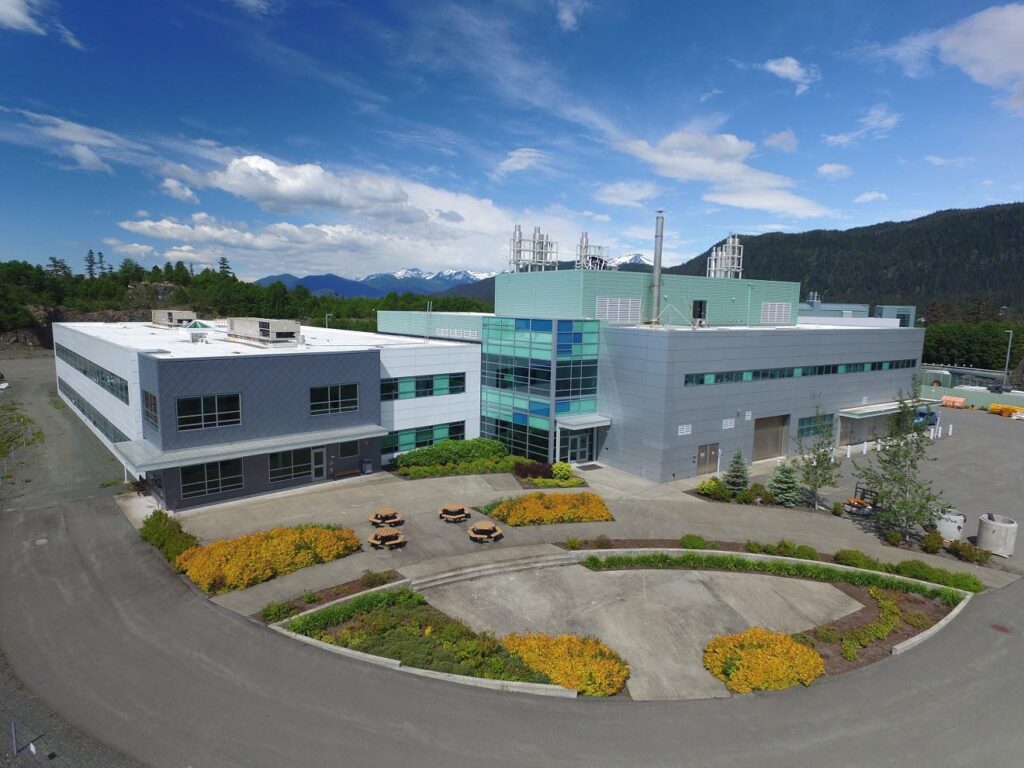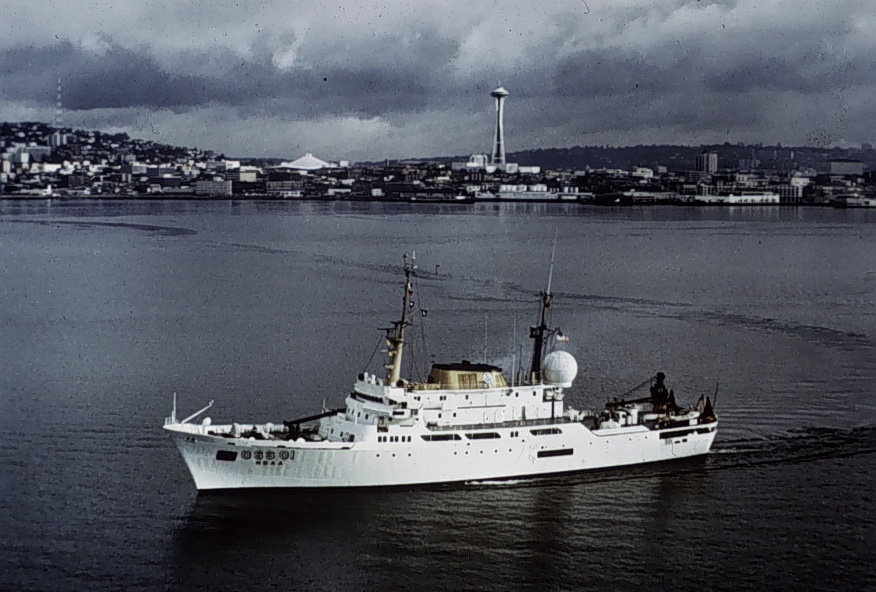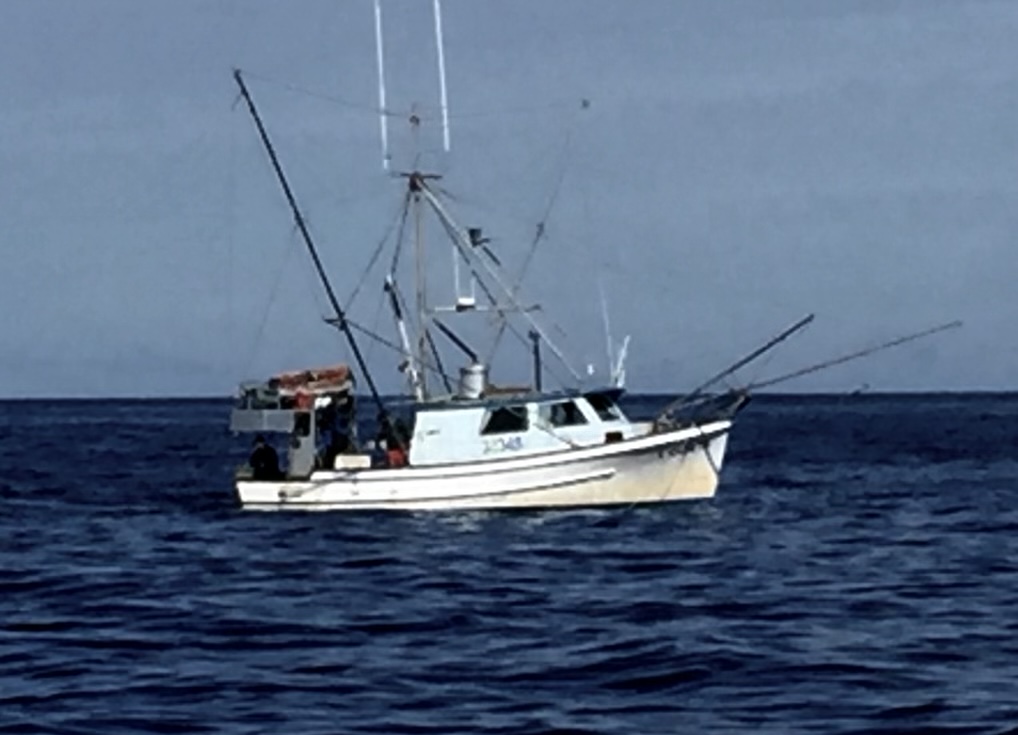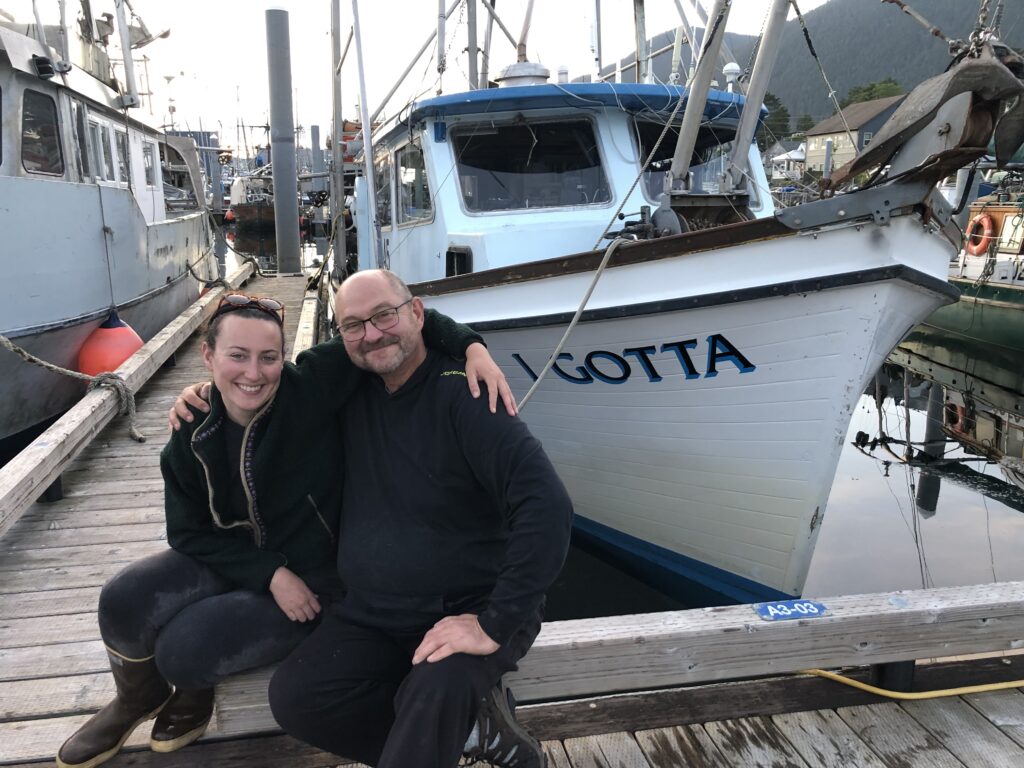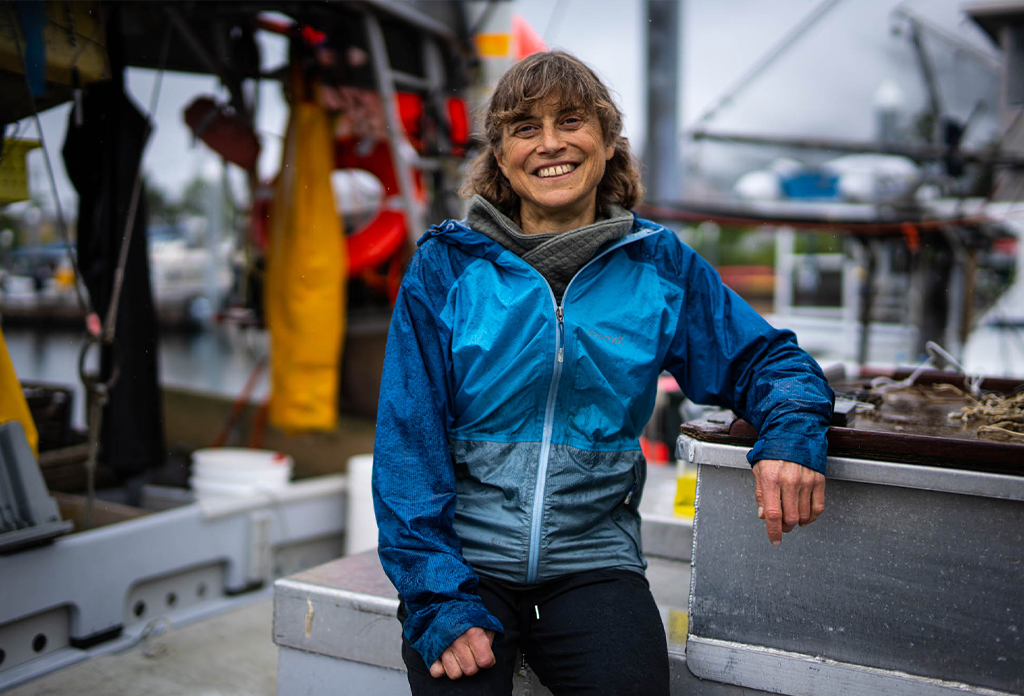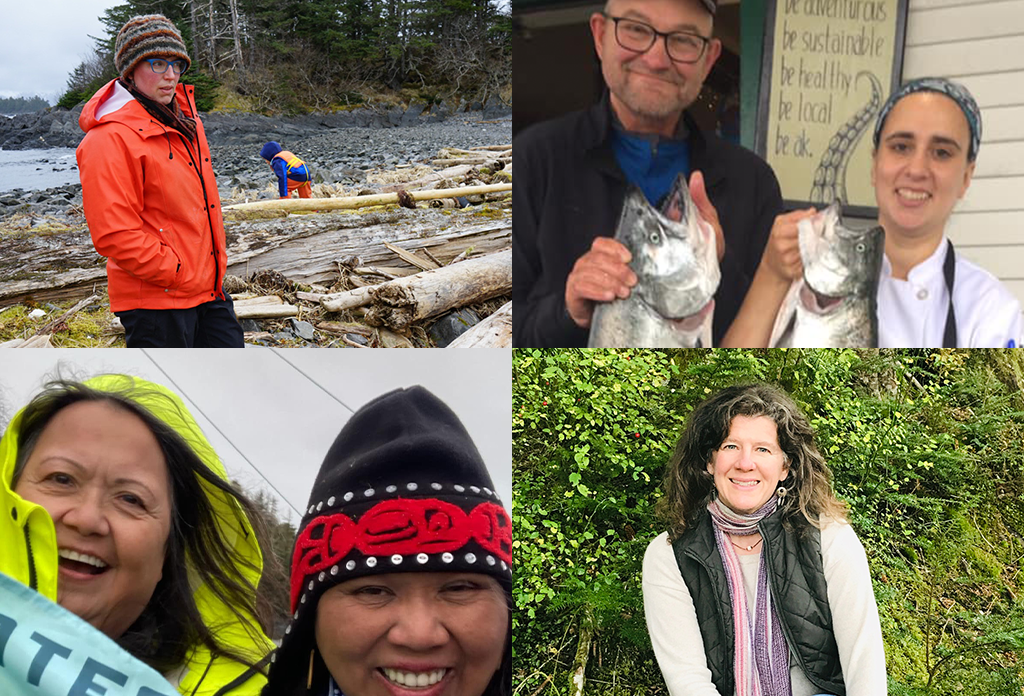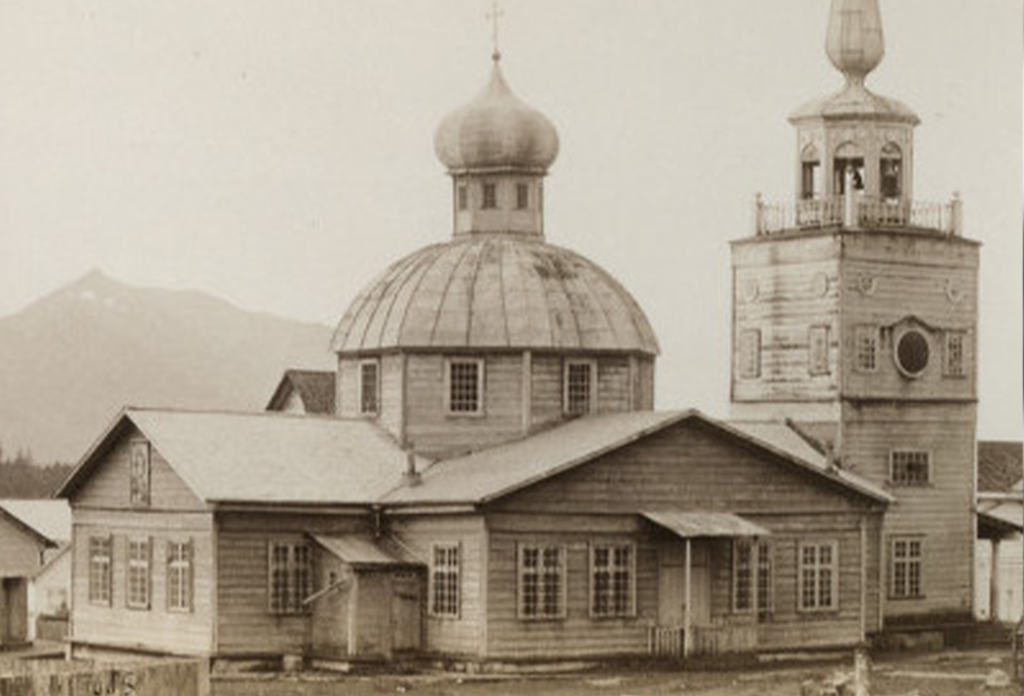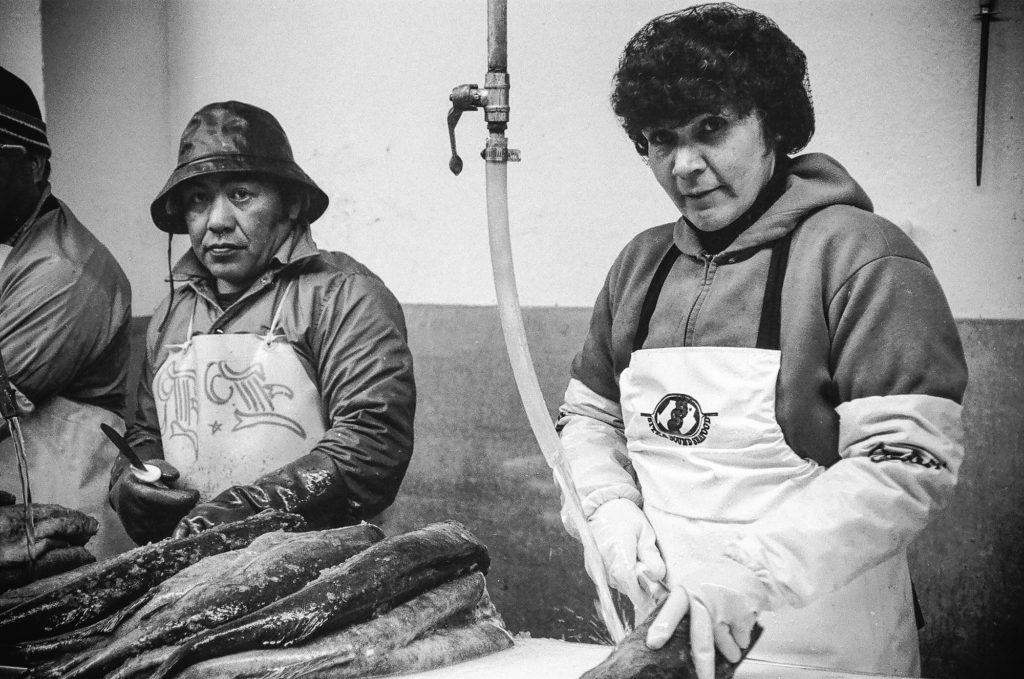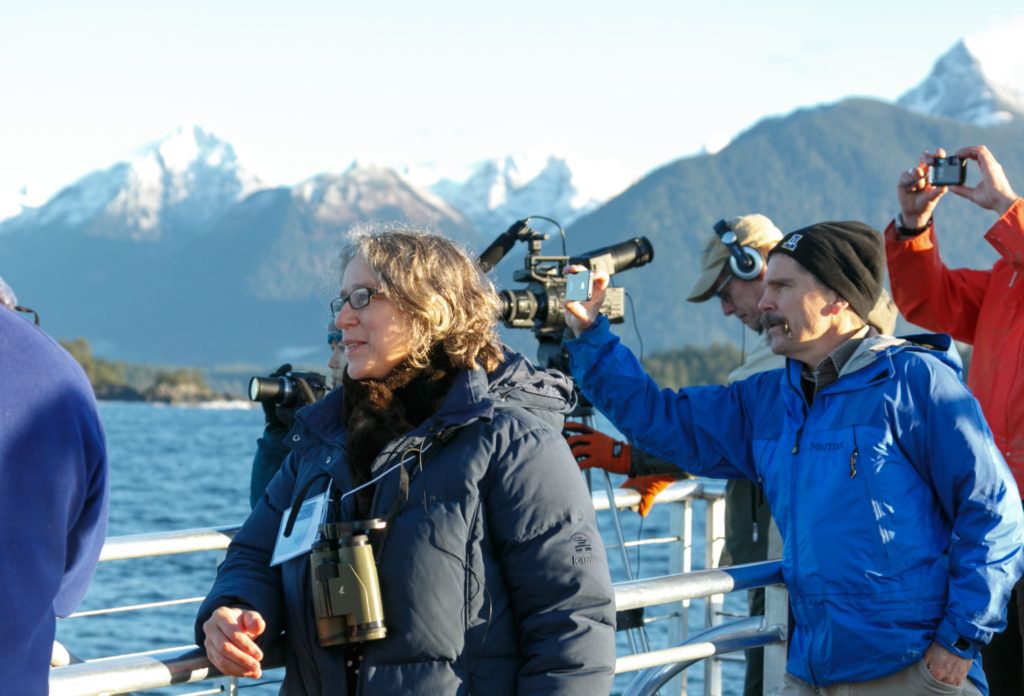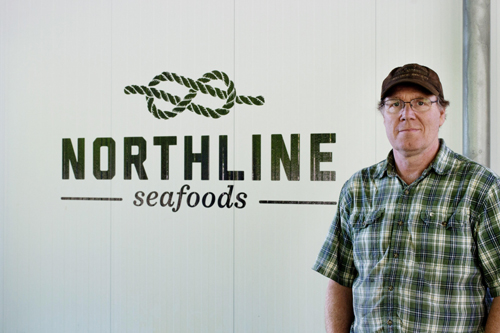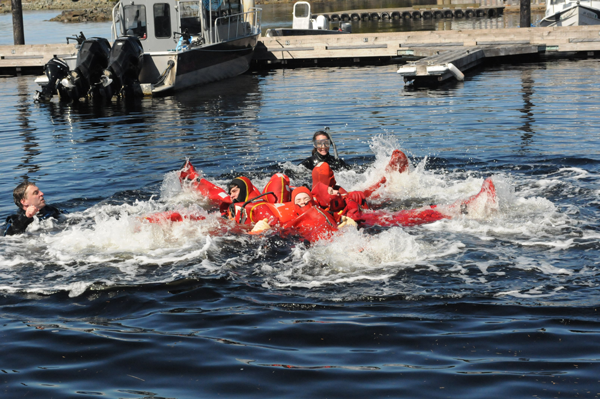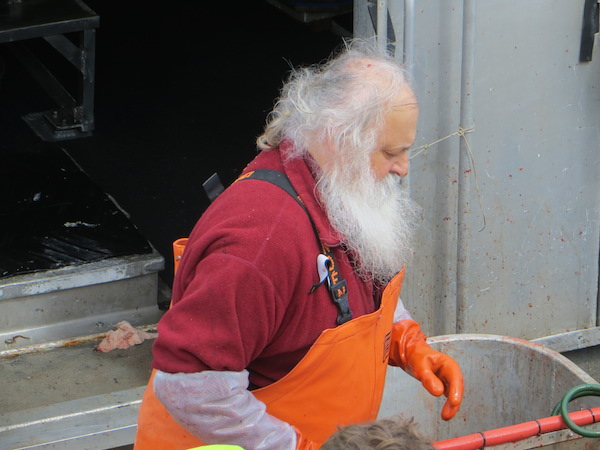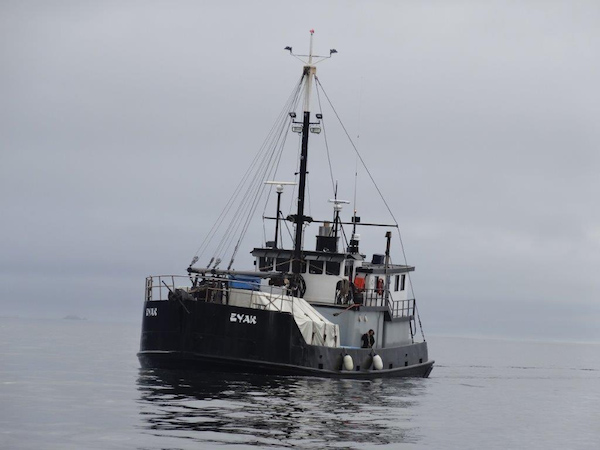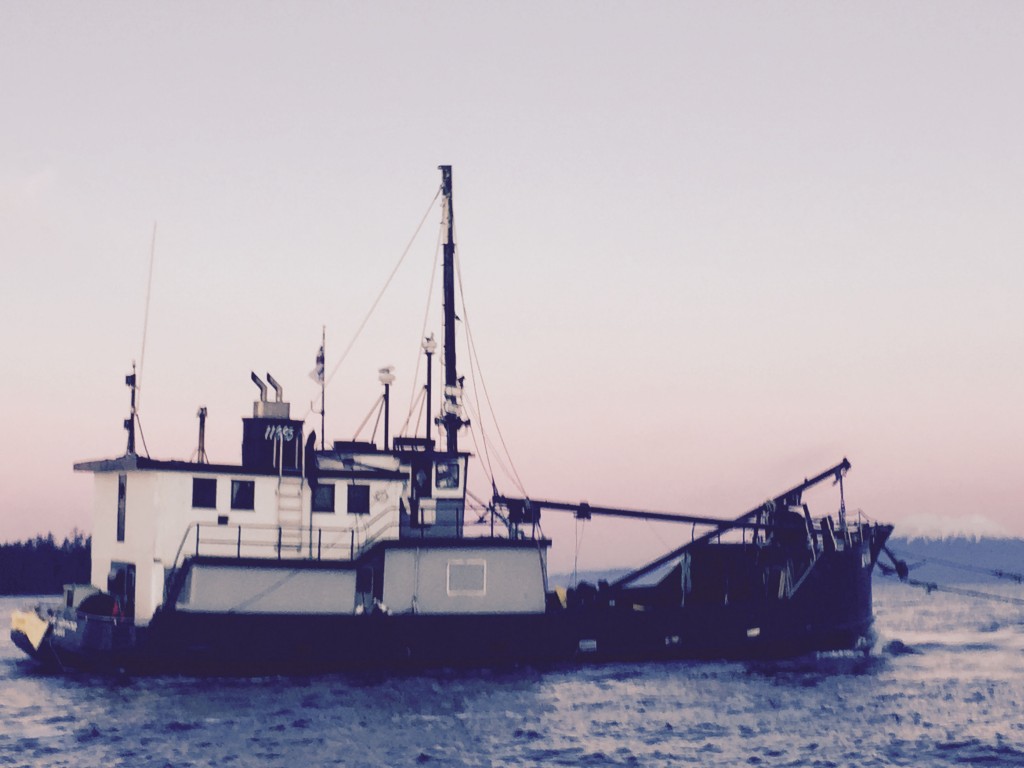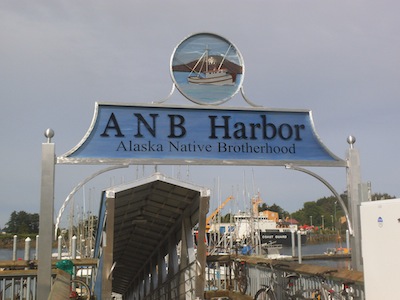Features
Everything You Always Wanted to Know about NOAA
Ask any Sitkan – or indeed, any Alaskan (especially fishermen and mariners) — if they have heard of NOAA, and they will likely respond with a light in their eyes and a nod of their heads.
The acronym “NOAA” stands for National Oceanic and Atmospheric Administration. This federal agency was organized in 1970 under the US Department of Commerce.
Read MoreMemories of Serving as Medical Officer Aboard a NOAA Vessel in the Late 1980s
My month on the NOAAS Oceanographer (R 101) in the South Pacific was indeed most memorable. I still have my file from that adventure, which was in the late 1980s, maybe 1987 or ‘88.
The USPHS called for volunteer physicians from the Commissioned Corps and the Clinical Director at Mt. Edgecumbe Hospital where I served in Sitka approved my TDY.
Read MoreElectric Vessel Update 2024
Imagine: You pilot your boat quietly into a secluded bay, savoring the perfect reflection of the shoreline mirrored in the still surface.
The only sound is the swish of water along the hull. You step out onto the back deck and take a deep breath of clear crisp air—ahh, clean and quiet! Wait…no engine rumble echoing off the forested shore?
Read MoreEV’s, the Wave of the Future? Electric vehicles? No, electric vessels!
Electric cars are increasingly commonplace these days. And electric trucks – including models from Ford, GMC, and dedicated EV manufacturer Rivian – are finally rolling off the assembly line. But what about boats?
Small electrically powered boats have actually existed for over one hundred years! Larger vessels such as emissions-free commercial ferries — pioneered in Scandinavia — have been silently sailing the seas for at least 7 years now, in a variety of configurations and stages of conversion. Norway’s Yara Birkeland – the world’s first fully electric and autonomous container ship – entered service in spring of 2022.
Read MoreFishing and Sustainability: A Woman in the Forefront
The foremost expert on the topic of fishing and sustainability in Southeast Alaska might just be Sitka’s own Linda Behnken. Many in the state – and the country – would agree with this assessment. As a longtime commercial fisherman, executive director of The Alaska Longline Fishermen’s Association (ALFA) and “birth mother” of the Alaska Sustainable Fisheries Trust (ASFT), Behnken carries a lot of street – or wave – cred.
Behnken sees two significant challenges to sustainability. The first – and perhaps most daunting – of these is Climate Change.
Read MoreFour More Sitka Women in the Forefront
Beth Short-Rhoads – Fish to Families and Schools
Coral Pendell – Keeping the Boat “in Good Trim”
Renee Trafton – Unconventional Taste of Southeast Alaska
Louise Brady – Protecting the Foundation of Life and Home
Read MoreSheetʼká: A Maritime-Cultural Timeline
Sitka is located on Baranof Island… in the heart of the Tongass National Forest, the largest temperate rain forest in the world… Access to Sitka is by air or water only. While an influx of Russian Traders and American colonists in the 18th and 19th centuries has resulted in a mixed citizenry, the total Tlingit population has now rebounded…
The mission of the Kayaaní Commission is to preserve our spiritual way of life. The religion of the Tlingit was the Earth. The Tlingit are one with the Earth. (We are) here to preserve and protect traditional ways of our ancestral knowledge.
Read MoreStories of Seafood Processing: Workers Who Add Value
Some folks get their start in seafood processing at a tender age. Now a policy engagement director for the Sitka Conservation Society, Katie Riley worked in the Packing Room at Sitka Sound Seafoods (SSS) for two summers at age 18.
She started by printing labels that gave the weight, price, etc., to go on 50# boxes of frozen fish heading south – her title was “Labeler.” The second year she became “Labeler & Expediter.”
Read MorePassing the Baton: Sharing Marine Mammal Science Across Generations
These days, in marine science education in Southeast Alaska, turns out that “sharing” is the name of the game.
Much of the philosophy (and some of the structure) of scientific sharing that now exists in this place is largely the offspring of Sitkan Jan Straley. Having lived in Alaska since 1979, Straley is famous for her decades-long research, writing and photography about whales. Equally important, though perhaps less well-known, is Jan’s influence on at least two generations of Alaskan scientists.
Read MorePat Glaab: Everybody Wins
During the 1980s, in the spring of each year, halibut fishing in Sitka resembled a combat zone. Massed on the fishing docks and back decks of longline fishing vessels were (mostly) men – deckhands and skippers surrounded by endless buckets of stainless steel circle hooks connected to miles-long poly-line, gearing and baiting-up to hunt the (up to) 400-lb. flat fish.
In those days the catch quotas were filled by any fishermen who wanted to fish and it was known as a “derby” fishery.
Read MoreAMSEA – Teaching Safety, Saving Lives
Commercial fishing has always been at or near the top of the list of the most dangerous jobs in America. But after decades-long efforts from many organizations in and outside Alaska, as well as government safety requirements for vessels and mariners and a change in fishermen’s attitudes toward safety, the number of fatalities has been greatly reduced.
High among the groups helping to make fishing safer is the Alaska Marine Safety Education Association.
Read MoreMike Mayo: Lucky Liner
If you see Sitka longliner Mike Mayo at the helm of F/V Coral Lee, you’re looking at a man of contradictions. Mike embodies the rough-and-rugged image of the Alaska fisherman, but he was initially trained as an accountant and didn’t wet a line, commercially, before his mid-20s.
He is a demanding captain, but is generous with those who work for him and in his adopted home port of Sitka, where he is well-known for his philanthropy. The head of a large family and a lover of life, Mike is quietly philosophical about his several close brushes with death. He can be alternately perceived as a hard-as-nails businessman, a holy man or Santa Claus.
Read MoreEyak’s Back!
What a difference a year makes!
The Eyak, an integral part of the Sitka waterfront, tore a chunk out of her middle on a rock near Goddard Hot Springs and sank on Jan. 19, 2015. On Jan. 24, 2016, the Eyak was back in the water, ready to faithfully carry mail and haul cargo to Port Alexander and other points on southern Baranof Island.
Skipper Dave Castle, three passengers and Castle’s dog Olive all escaped the sinking without injury, but the material loss was in the hundreds of thousands of dollars.
Read MoreEyak Sinks, But Floats Again
About 4 a.m. on Jan. 19 near Goddard Hot Springs, the well-regarded Sitka mailboat and tender Eyak slammed into a submerged rock and tore out a chunk of her middle. Skipper Dave Castle was at the helm when he felt the impact. Castle had been dealing with finicky radar and heavy weather. A quick check of the damage showed a large hole.
“It was too big to even think about pumping,” Castle said. Three other people and Castle’s dog Olive were on board. After issuing a distress call, they donned survival suits and deployed the life raft. Castle plugged vents to keep fuel from leaking. Two people boarded the raft and a third held the line.
Read MoreMarcus Lee’s Metal Art
At a number of Sitka embarkation and debarkation points, residents and visitors have been delighted by the distinctive metal signs.
At the entrance to ANB Harbor on Katlian St., a white and brown aluminum rendering of a troller on blue water floats above metal letters. Halfway up Raptor Way, the road to the Alaska Raptor Center, a metal eagle sports a prominent yellow beak and silvery white head feathers. At the cruise ship lightering dock beneath the O’Connell Bridge, a two-sided “Welcome to Sitka” sign is a 10-foot wide study in the textural, tinted and heat-induced color possibilities of art using steel, stainless steel and aluminum.
Read More
